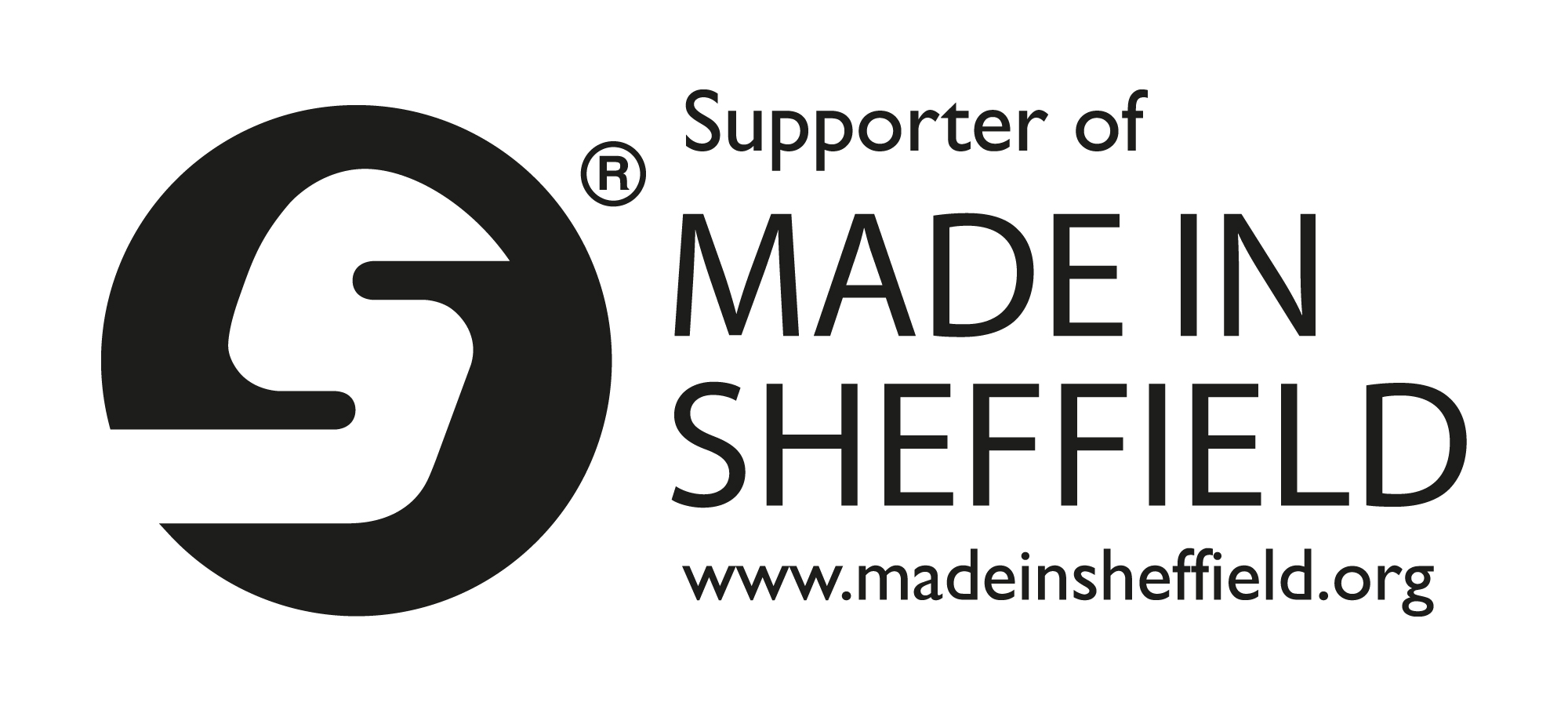The United States Patent and Trademark Office (USPTO) has recently updated its official fee structure for US trade mark classes. What are the changes and what does this mean for new filings in the US?
Understanding the USPTO’s New Trademark Fee Structure
The United States Patent and Trademark Office (USPTO) has recently updated its official fee structure for US trade mark classes. The changes also include the implementation of a single electronic application filing option to replace the previous Trademark Electronic Application System (TEAS) which included the TEAS Plus and TEAS Standard filing options.
Why are Fees Changing?
The USPTO says it is making these changes to “produce sufficient aggregate revenue to recover the aggregate costs of trademark operations and ensure financial sustainability for effective administration of the trademark system” and to “promote the efficient delivery of reliable IP rights”. These adjustments represent a shift towards stricter filing requirements that businesses and legal professionals must carefully navigate.
Key Changes to the USPTO Fee Structure
Historically, the USPTO has passively encouraged applicants to use specifications of goods and services that align with their Acceptable Identification of Goods and Services Manual (ID Manual). This practice allowed applicants to submit their preferred specifications (often identical to those used in the UK or EU) while dealing with potential objections during the examination process. While this approach added cost, it did provide scope for broader trademark protection.
However, from January 18, 2025, the USPTO moved towards actively encouraging the use of pre-approved specifications from the ID Manual before filing. This shift comes with a revised fee structure that could make US trademark filings more expensive for applicants who do not adhere to the USPTO’s acceptable identification guidelines.
New Fee Breakdown
Under the new system Standard Filing (using acceptable IDs) is $350 per class plus the following surcharges where applicable:
- $100 fee for insufficient information (sections 1 and 44) per class
- $200 fee for using the free-form text box to enter the identification of goods/services (sections 1 and 44) per class
- $200 fee for each additional group of 1,000 characters beyond the first 1,000 (sections 1 and 44), per class
This means that if a trademark application includes detailed or customised descriptions of goods and services that do not fit within the USPTO’s predefined terms, costs could rise. Given that the pre-approved IDs are often quite narrow in scope, many applicants may find that their specific business needs are not adequately covered by the standard filing and are therefore forced down the customisation route.
Strategic Considerations for Trademark Applicants
With these changes, trademark applicants and their legal representatives must carefully weigh-up their options when filing in the US. The following considerations may help guide decision-making:
- Higher Costs for Broader Protection: Given that acceptable IDs may not fully represent a brand’s needs, paying the higher fees for a more tailored specification may still be the better option.
- Using Madrid Applications: For businesses considering multiple international trade mark filings, a single designation Madrid application may become a more attractive option. Using the Madrid system could potentially streamline the process and reduce costs in the long run.
In Conclusion
These official fee structure updates underscore the importance of strategic trade mark filing in the US. While the changes do introduce additional costs, they also encourage businesses to evaluate their filing strategies more critically.
However, it is strongly recommended that applicants verify the latest details of their goods and services before proceeding with any filings, and wherever possible make those consistent with the acceptable identification of goods published by the US Patent and Trademark office.
By staying informed and adapting filing strategies accordingly, businesses and legal professionals can better navigate these new requirements while ensuring strong trade mark protection in the US market.
For more information contact Luke Franks – luke.franks@franksco.com

















